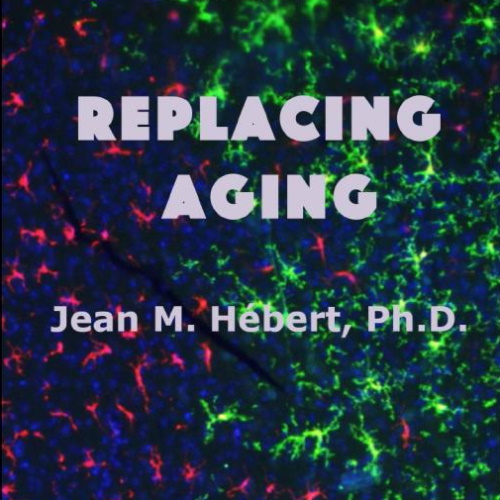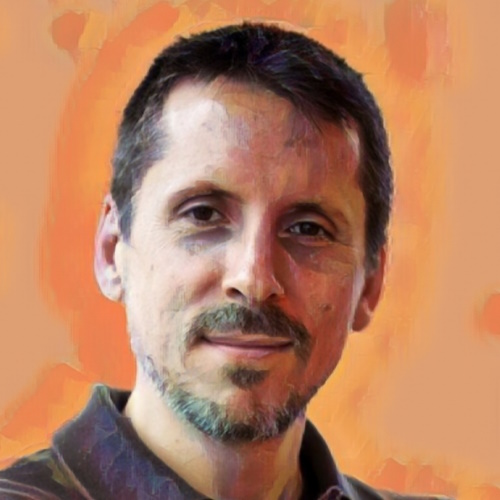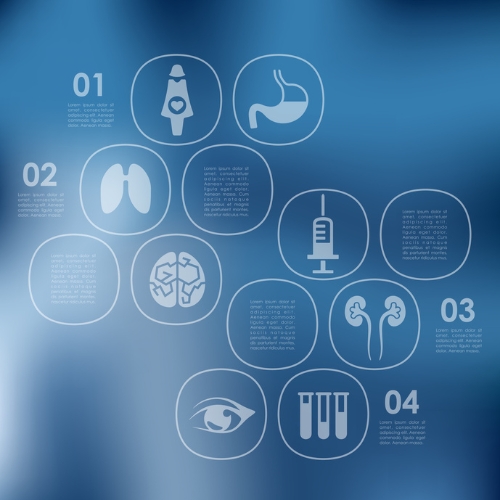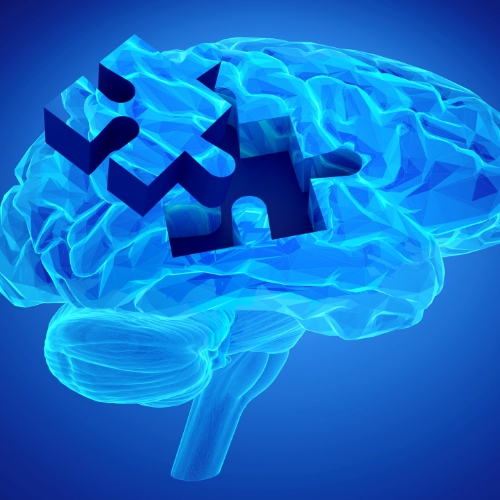Replacing Aging
Jean Hébert outlines how aging will soon be reversible as a result of the advances in regenerative medicine
The book explains the enormous complexity of aging and how the accumulation of myriad types of macromolecular damage in the body essentially precludes a pharmacological solution to the problem of aging. Nevertheless drugs remain the primary focus of the anti-aging field. Instead of drugs, a decisive way to erase all forms of age-related macromolecular damage at once would be by replacing old worn-out tissues with new young ones.
Even the brain can be progressively replaced at a cellular level over time without a loss of self-identity. Existing examples demonstrate that complex brain functions can if given enough time change their neural substrates. And new brain cells added to old brains can form remarkably normal connection patterns. These findings together suggest protocols for brain rejuvenation.
Key Points
I'm not sure about relative simplicity suggested for replacing organs generally, as it is more than just their physical function that matters, they are also involved in many biochemical pathways (many we probably aren't even aware of yet) that would also need to be replaced. However, the approach to a slow, progressive, replacement of all the cells in the brain, without loss of self, does look realistic and likely to become more practical as new methods are developed to grow cells in situ rather than have to inject new ones (and replace old ones). And, as a longevist who isn't attracted by the concept of brain uploading to achieve radical life extension, this is a reassuring alternative approach.
Here are the sentences that I highlighted when reading Replacing Aging:
- the brain cannot be swapped out for a new one
- the brain can be replaced without an interruption in function or self-identity if done at the cellular level progressively over an extended period of time
- machines can function indefinitely when their worn-out parts are replaced before they fail
- aging causes a mess of molecular damage
- nature has already shown us that aging is not inevitable
- continuous cell proliferation counters the accumulation of macromolecular damage by perpetually diluting this damage
- there is little to no evidence that normal telomere shortening over the course of a human lifespan causes an increased rate of macromolecular damage
- reprogrammed cells automatically reacquire long telomeres by increasing the amount of telomerase they make
- increasing telomere length in cells does not in general correlate with increased lifespan
- mitochondria through respiration generate byproducts that have both positive and negative effects on cells
- individuals who live into their 90s and over 100 mostly benefit from a reduced genetic predisposition for diseases rather than slower aging per se
- there is no evidence that genes exist to make us age
- quicker macromolecular turnover may reduce the opportunity for damage to accumulate over time
- in the studies of diet-restricted mice and rats, the increase in lifespan depends on comparisons with animals that are allowed to eat at will and are consequently obese and unhealthy
- dietary restriction in monkeys, although clearly resulting in healthier individuals, may have minimal if any effect on lifespan
- drugs targeting nutrient sensing and metabolism should be developed to improve health in old age
- individual scientists usually focus on their favorite cause of aging
- health insurance would not cover an individual’s treatment costs even if anti-aging treatments were developed
- people in general are eager to see products developed that will keep them younger for longer
- replacing the neurons lost in Parkinson’s by transplanting new ones into the brain has in some cases shown dramatic improvements in patients
- replacements wipe out in one fell swoop all the complex age-related molecular damage that had until that point accumulated
- the first successful organ transplant was a kidney in 1954
- most types of stem cell require some type of scaffold to grow into 3-dimensional tissues and organs
- lab-grown bladders have lasted up to 16 years in patients so far
- scaffolds for organs or tissues with more complex shapes are made by bioprinting
- iPS cell-derived mini-kidneys composed of hundreds of nephrons functioned to filter blood once engrafted
- lab-grown organs must either be pre-vascularized or quickly become vascularized upon transplantation to survive
- co-transplantations would be to minimize any deleterious effect that old organs might have on the new ones
- bioprinting also provides the means for customization in terms of tissue size, shape, and composition
- with replacements the cells and the extracellular environments that the cells create for themselves are free of age-related damage when derived from pristine stem cells such as iPS cells
- it would be possible to make headless or brainless bodies from one’s own cells
- mouse pups born without heads can be intentionally made by inactivating a single gene
- iPS cells can not only generate all the cells that make up the body, but given a uterine environment, can also make up a complete and normally structured body
- it would be possible to accomplish head or brain transplants for the purpose of rejuvenation with only a few technological advances over what we already know how to do today
- prosthetics fitted with sensors can relay via electrical impulses the position of their parts
- Giles Brindley implanted the first visual prosthetic into the brain in 1968
- artificial retinas are being developed that contain thousands of microscopic solar cells, each with their own electrode to communicate with the optic nerve
- BrainEx acts for a short time like a heart with lungs to keep out- of- body brains metabolically active
- brain-computer interfaces could one day allow for completely synthetic bodies to replace biological ones
- slow and progressive replacement of the cells and their connections, which make up the physical substrate of our minds, can rejuvenate the brain without a loss of our memories or self-identity
- plasticity is an innate property of the neocortex
- the track record for brain cell transplants in Parkinson’s patients is already good, with dopamine neurons surviving at least 24 years
- transplanting young precursor cells into adult mice leads to new neurons that incorporate into existing circuitry
- a neuron in the neocortex must receive input and convey output to many different classes of other neurons to function correctly
- to achieve rejuvenation, it is not enough to add new young cells to the brain - the old ones and their surrounding extracellular damage must also be removed
- old brains have shrunk, potentially allowing transplants to be performed initially without the concurrent extraction of old tissue
- all the different types of neurons put together make up only about half of the cells in the brain
- neurons derived from a relatively pure population of neuronal stem cells do not survive well, which is not surprising since they lack the support that they need from the other missing cell types
- extracellular matrix is especially prone to accumulating age-related damage because it undergoes little turnover
- residual old extracellular matrix would have to be completely eliminated at some point during the rejuvenation process
- the surface area of the neocortex if flattened would cover roughly 2500 cm2
- if they are depleted in a particular area of the brain (which can be done with existing drugs known to kill only microglia), then the remaining microglia quickly divide and spread to repopulate that area with new microglia, bringing their numbers and distribution back to normal
- transplanted microglia can also be used to introduce other widely dispersed cell types with some clever cell engineering
- the observed natural rate of neuron production in the rodent dentate gyrus, if scaled for the human neocortex, would be equal to the incorporation of 20 billion new neurons (the equivalent of all neurons in the neocortex) in 10 years
- academia, government, and industry have together remained steadfastly committed to drug development rather than replacement therapies
- while your silicon brain copy might exist indefinitely, you, your mind, and your brain would continue to decay with time and then die of old age
- the perception of continuity of self is what makes us think that we are the same person that we used to be
- at what point will the changes imposed on our brains to reverse aging become too rapid for us to consider ourselves the same person?
- we no longer need to accept the inevitability of aging
Details last updated 07-Jan-2022






